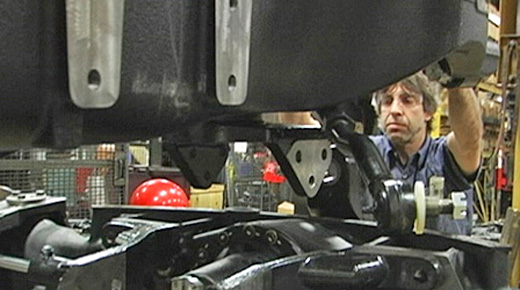The evolving trends of automation are affecting quality management business processes for manufacturing organizations of all sizes. In this article, we’ll look at the business case for automation; consider the basic opportunities and challenges found at the start of a quality automation project; and share a brief case study.
|
ADVERTISEMENT |
Realizing we are part of a fourth wave of technology evolution, the Industry 4.0 wave, we at HighQA are employing the term “Quality 4.0” to describe the evolving trends in quality management for the manufacturing industry.
What is Quality 4.0?
Quality 4.0 is a term that encapsulates the current trend of automation and secure data exchange in manufacturing and quality control technologies. Quality 4.0 acknowledges that quality control contributes to the “smart factory” evolution by leveraging modern technologies and practices that eliminate supply chain interruptions and improves overall quality, cost, and time to market of manufactured parts.
…

Add new comment